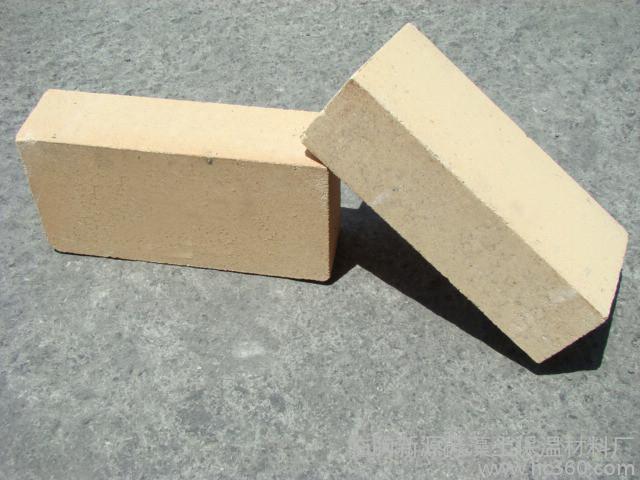Glass mold is an indispensable equipment in glass molding. The quality and output of glass production are directly related to the mold.
Common glass mold materials:
1. Ordinary low alloy cast iron
Cast iron has been widely used as a mold material since the 19th century. Cast iron has excellent casting properties, good processability, low cost, heat and non-stick properties, and is suitable for small and medium-sized foundries. Currently, cast iron is widely used at home and abroad. Glass mold material, alloy cast iron will remain the main glass mold material in the foreseeable future.
2. Ductile and vermicular graphite cast iron
Ductile iron has higher strength and toughness, and has good oxidation resistance. Its thermal fatigue resistance is better than other cast irons. However, because of its graphite shape, it is isolated and spherical, and its thermal conductivity is poor. It cannot meet the requirements of mechanized production. Because of its use in glass molds, most factories only use it to make small bottle molds.
Compacted graphite cast iron has similar mechanical properties to nodular cast iron, has high thermal conductivity, oxidation resistance and growth resistance, and has good casting properties and machining properties like gray cast iron. It makes compacted graphite cast iron have good comprehensive properties for use. For manufacturing glass mold materials.
3.D type graphite cast iron
D-type graphite is a kind of flake graphite. It is grown between austenite dendrites. The continuity of austenite cuts the continuity of graphite flakes, and the gap between D-type graphite and matrix is more The gap between the substrates is small. The shape of D-type graphite is small, curled, and the end is blunt, which determines that it has a small cutting effect on the substrate and is not easy to cause large stress concentration. Therefore, D-type graphite cast iron has higher strength.
At present, D-graphite cast iron has become a hotspot as a glass mold material, and there have been many studies at home and abroad. Analysis of molds imported from abroad shows that most of them use D-graphite cast iron. It is usually obtained by adding elemental titanium and adopting a metal type to obtain D-type graphite.
4.Alloy steel
In recent years, alloy steel molds have begun to be used, and in most cases alloy steel can better meet the requirements for glass molds than cast iron. The thermal conductivity of steel is inferior to that of cast iron, which is prone to overheating and adhesion when used. Therefore, methods such as forced cooling, proper mold structure design, and silicone grease lubrication must be used.
Stainless steel is a material that is resistant to corrosion, high strength, oxidation resistance and toughness. It has poor thermal conductivity, low thermal expansion, and a variety of components. Britain has long been used to make punches and linings. The United States uses AISI430 (12-14Cr) and AISI310 (25Cr, 20Ni) stainless steel for making certain mold parts.
5. Nickel-based alloy
This type of alloy has better heat resistance than cast iron, so the molds made with it have fewer surface cracks, long life, high productivity, and can improve the smoothness of glass products, but these materials are expensive. In order to improve the surface finish of glass products or extend the replacement cycle of mold parts, such materials are still commonly used for mold making.
6. Copper-based alloy
This type of alloy has good thermal conductivity and can still guarantee the quality of glass products during high-speed forming, so it has attracted much attention. There are mainly two types: one contains Cu, Al, Zn, and Ni. This type of alloy is most effective in improving the surface finish. This alloy has good oxidation resistance, thermal conductivity, thermal stability, and thermoplasticity, which significantly improves the molding machine. Operating conditions. The other type contains Cu, Al, Ni, and Co, and does not contain Zn. Compared with cast iron, it can increase the machine speed by 15-25, can extend the life of the mold working surface by about three times, the mold is easy to repair, and the product quality is good.
7. Mold coating
At present, thermal spray coating is often used on the corners of the glass mold and the part where the punch is in contact with the glass, and a layer of nickel-chromium alloy powder is spray-welded to improve the high-temperature wear resistance, high temperature resistance, and oxidation resistance of the contact surface. Glass molds made of gray cast iron and thermal spraying of nickel-based self-fluxing alloys can increase the mold life by more than 5 times. The main problems are the need for re-processing and higher mold costs.

